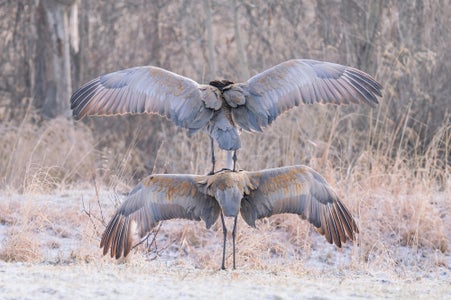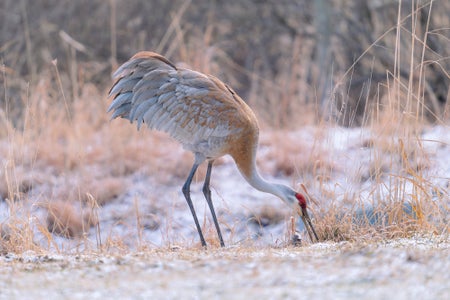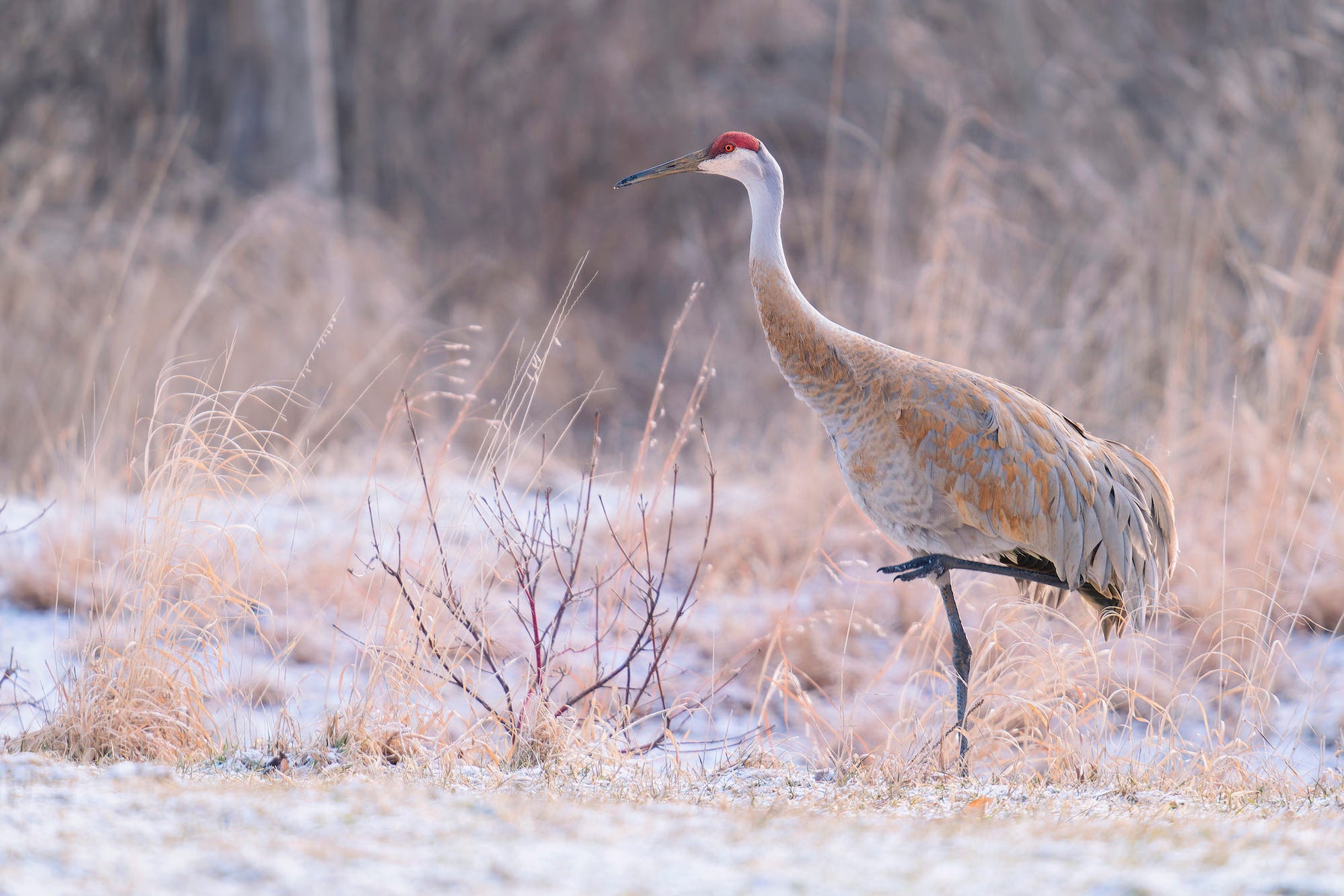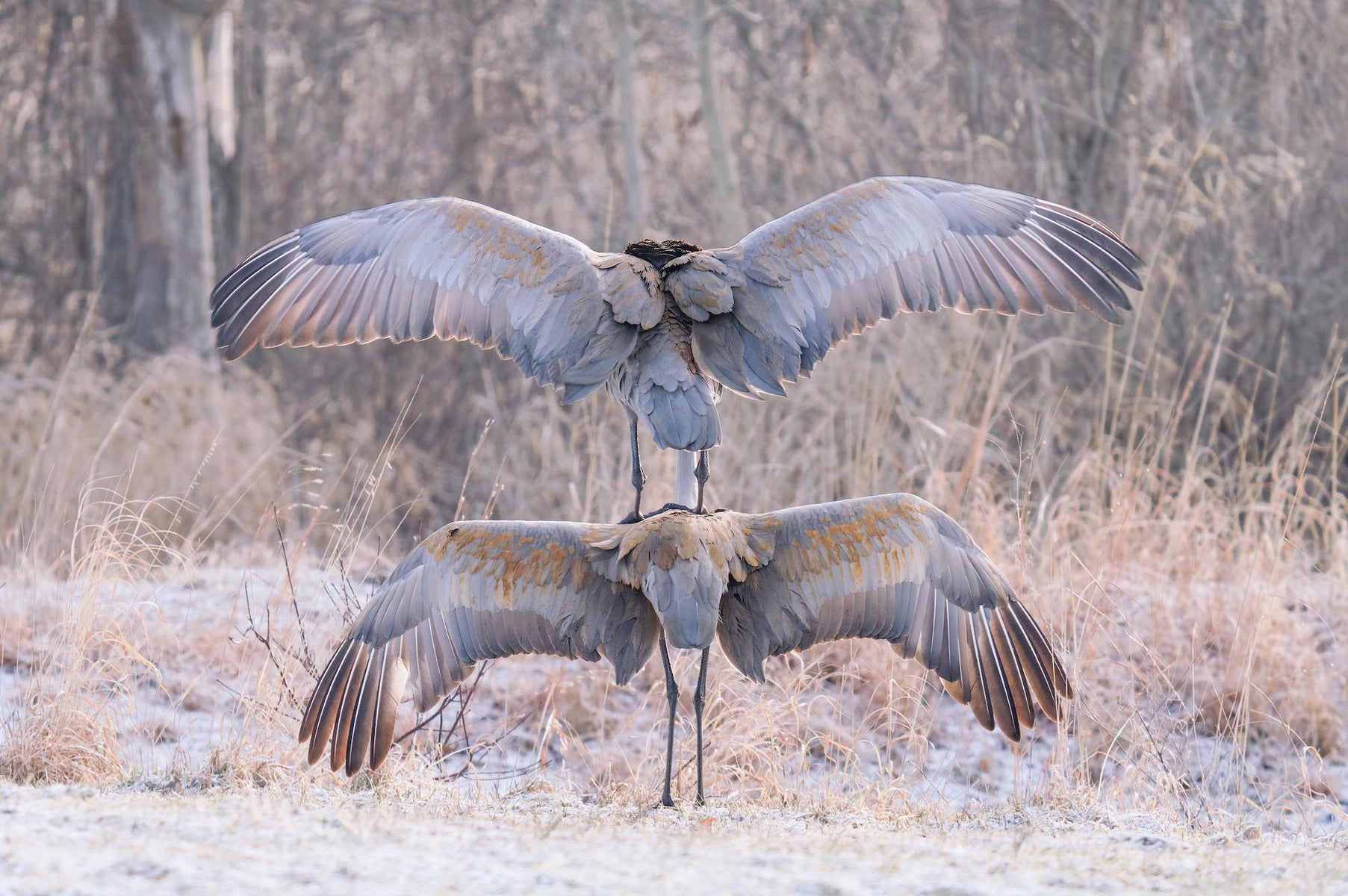Adrienne Elliot is a passionate photographer who enjoys capturing a wide range of subjects. "My favorite categories are bird and animal photography, macro shots, landscapes and portraits," she says. "Additionally, as a Getty Images contributor, I have recently expanded my portfolio to include lifestyle shots.” We recently came across Adrienne’s work when she was honored in The Audubon Society’s top 100 highly honored images from the Audubon Photography Awards. We reached out to Adrienne to learn more about the story behind the shot. From the gear she relied on to capture the moment, to the joy in experiencing its unexpected nature, it's a fascinating story. Keep reading as she shares the story in her own words.
Product Preview – In This Article You'll Find:
–Sony Alpha 7R V
–Sony Alpha 7R II
–Sony 200-600mm f/5.6-6.3 G
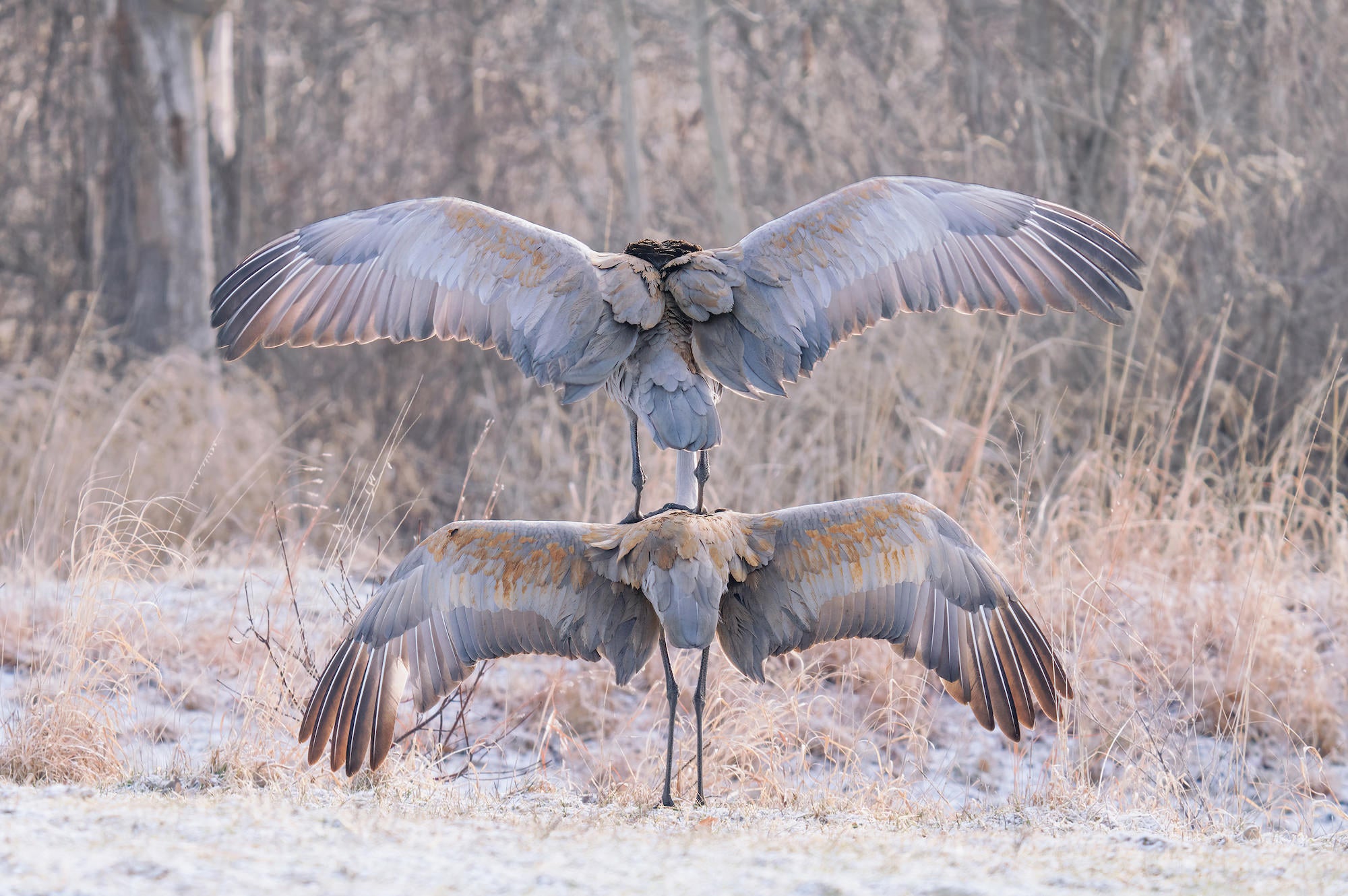
Photo by Adrienne Elliot. Sony Alpha 7R II. Sony 200-600mm f/5.6-6.3 G. 1/250-sec., f/6.3, ISO 400
A Location With An Unexpected Surprise
I captured this shot on a brisk late winter morning, as the temperature hovered around 22 degrees (-6 Celsius). Sandhill cranes have always been a favored subject of mine, and I often find myself photographing them at a very popular park in my home state of Michigan called Kensington Metropark, a 20-minute drive from my house. However, on this particular day, amidst the biting cold, I opted for a brief visit to a park close to my home, Lakeshore Park. This park, predominantly known for recreational activities, including mountain biking, hiking, and sledding, held an unexpected surprise. Although I initially planned to capture hawks and various other birds, I was pleasantly surprised when I stumbled upon these two cranes diligently foraging for food in the frozen landscape. Their feathers beautifully blended with the colors of the surroundings, creating a picturesque scene. I captured several dozen photos of them as they searched for food.
After about 30 minutes, the male crane approached the female, and to my amazement, he leaped onto her. The photograph you see now captured that fleeting moment when the male steadied himself before mating. I was amazed to see this expansive and impressive display of their wings outstretched, with one balanced perfectly on the other, creating a scene with amazing harmony and beauty.
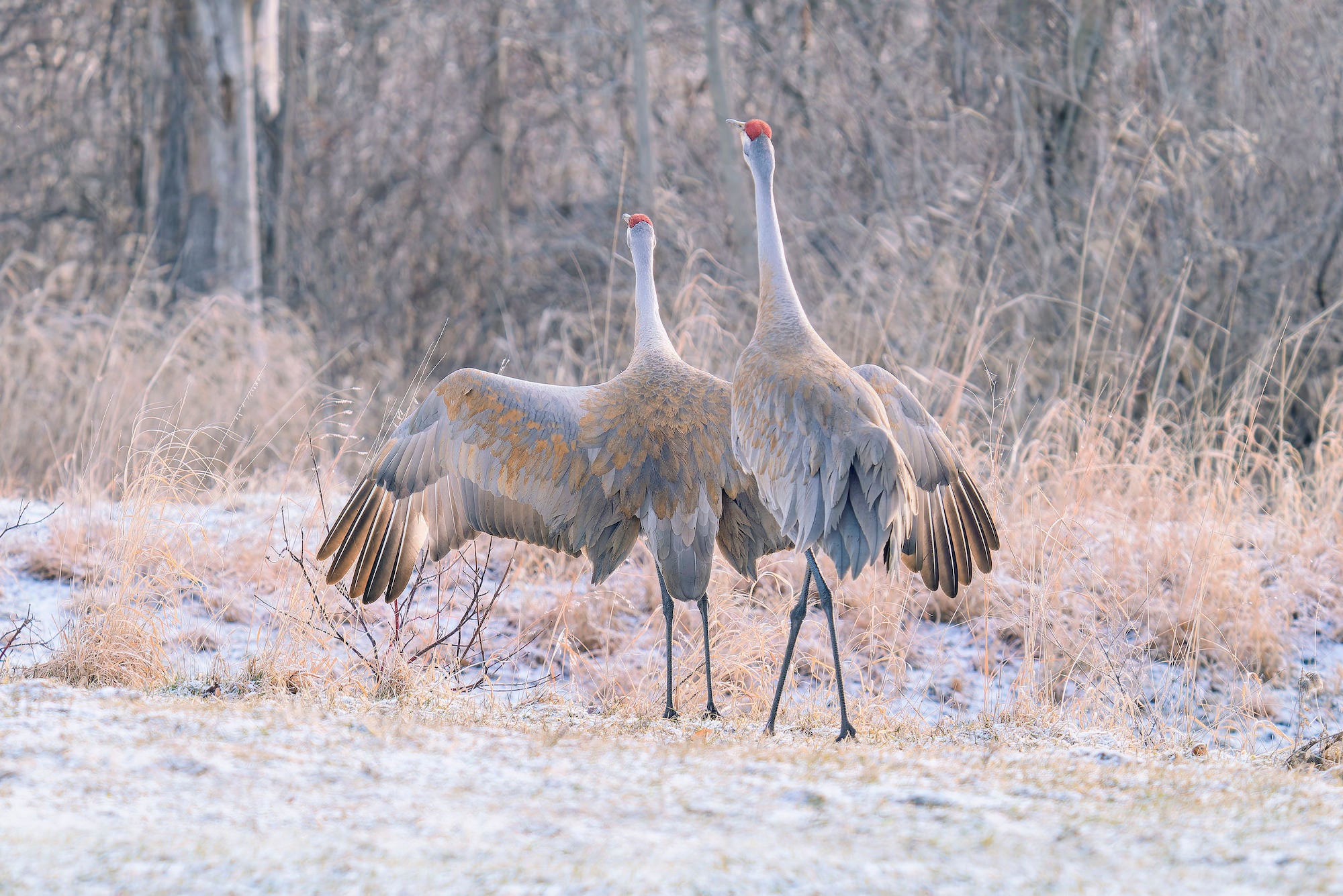
Photo by Adrienne Elliot. Sony Alpha 7R II. Sony 200-600mm f/5.6-6.3 G. 1/250-sec., f/6.3, ISO 400
Using Gear You Know In & Out
I currently shoot with the Sony Alpha 7R V which I absolutely love! However, for this particular shot, I relied on my trusted Sony Alpha 7R II paired with the Sony 200-600mm f/5.6-6.3 G lens since it was taken before I had the Sony Alpha 7R V. The success I achieved with the Sony Alpha 7R II convinced me to wait patiently for the release of the Sony Alpha 7R V, which finally arrived approximately nine months after I captured this shot. Now, I'm head over heels for the Sony Alpha 7R V, which is a game-changer for wildlife photography.

Photo by Adrienne Elliot. Sony Alpha 7R II. Sony 200-600mm f/5.6-6.3 G. 1/250-sec., f/6.3, ISO 400
As a Sony camera user, my lens collection predominantly comprises of Sony lenses, aside from a handful of vintage lenses that are fifty or more years old. For my nature photography pursuits, I made the decision to invest in the Sony 200-600mm f/5.6-6.3 G lens, which has proven to be an exceptional workhorse. Not only does it deliver remarkable image quality, but its extensive zoom range allows me to maintain a respectful distance from wildlife. Both pieces of gear hold up well in the cold weather, which is great, since I’m often out shooting in below-freezing conditions.
Overall, I like to keep my kit fairly small, with gear I know in and out. That way, when something comes up, I can react quickly, making sure I capture fleeting moments.
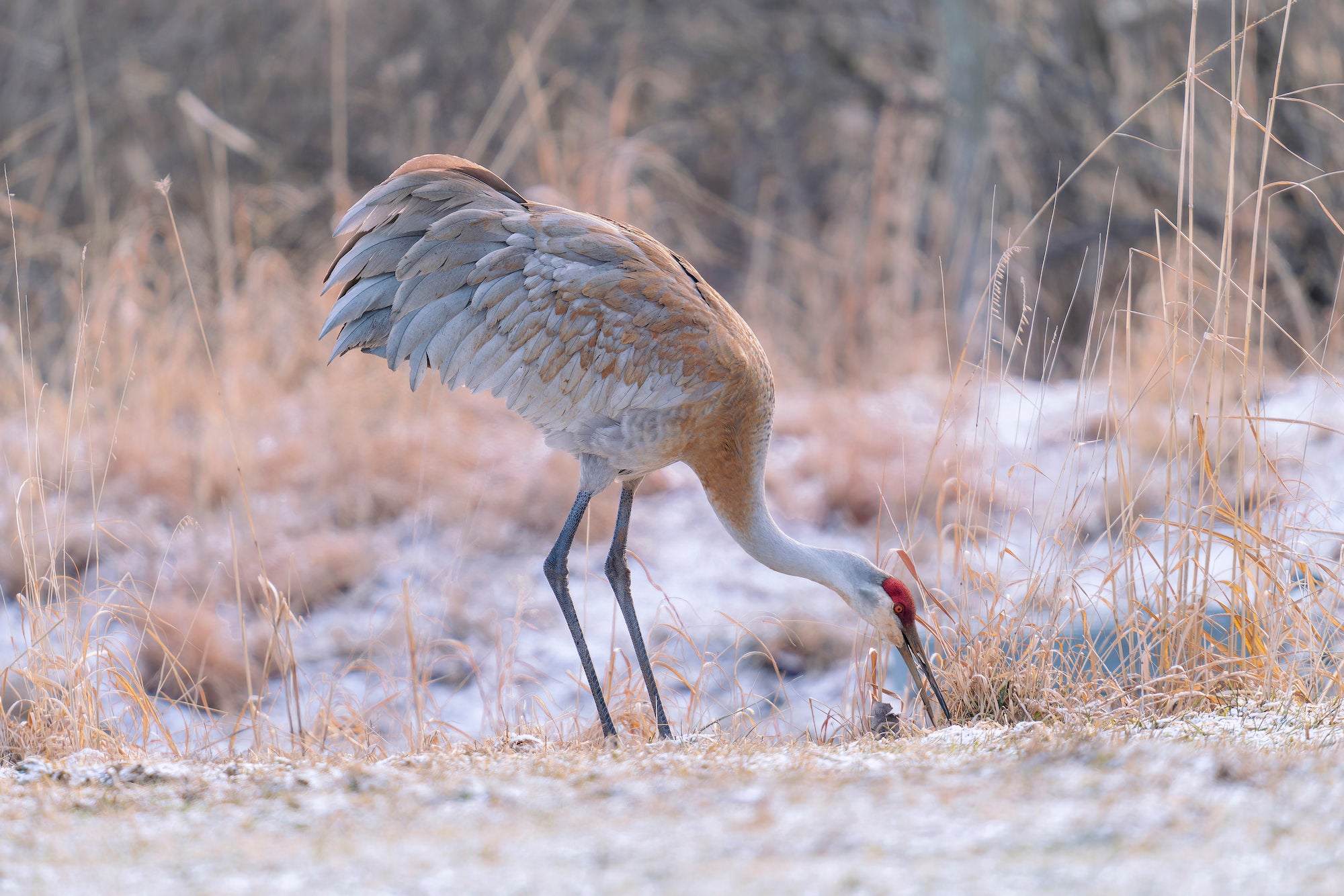
Photo by Adrienne Elliot. Sony Alpha 7R II. Sony 200-600mm f/5.6-6.3 G. 1/320-sec., f/6.3, ISO 400
Dialing In & Waiting For The Moment
For this shot, I adjusted my camera settings to a focal length of 298mm, an aperture of f/6.3, a shutter speed of 1/250-sec., and an ISO of 400. To ensure stability, I relied on a monopod, which I find preferable to a tripod for general nature photography.
I always strive to set my ISO at the lowest level possible unless the priority shifts to shutter speed. In this specific capture, despite the suboptimal soft morning light during the sunrise, the foraging Sandhill Cranes moved at a leisurely pace.

Photo by Adrienne Elliot. Sony Alpha 7R II. Sony 200-600mm f/5.6-6.3 G. 1/200-sec., f/6.3, ISO 400
Consequently, I found that an ISO of 400 and a shutter speed of 1/250 suited the scene. The unexpected moment of the male crane leaping onto the female caught me off guard, but thankfully, the settings I selected for the foraging cranes proved sufficient to capture the balancing act portrayed in the photo.
For this image, I adhered to the rules dictated by the Audubon Society during my edits. I began by cropping the photo to ensure the cranes filled the frame. Then, I processed the original raw file using Adobe Camera Raw and performed additional minor adjustments in Photoshop. Normally, I would edit out distractions, such as the grasses behind the wings of the female crane. However, since the Audubon contest permits only minimal edits with a review of the RAW file, I left the grasses as they were.
Reflecting on this shoot, one key lesson stands out- never underestimate nature’s ability to astonish! By embracing patience and preparedness, photographers will have many opportunities to seize unique and unexpected moments like this one.
To see more of Adrienne’s work, follow her on Instagram or check out her website creativephotoeffects.com.


